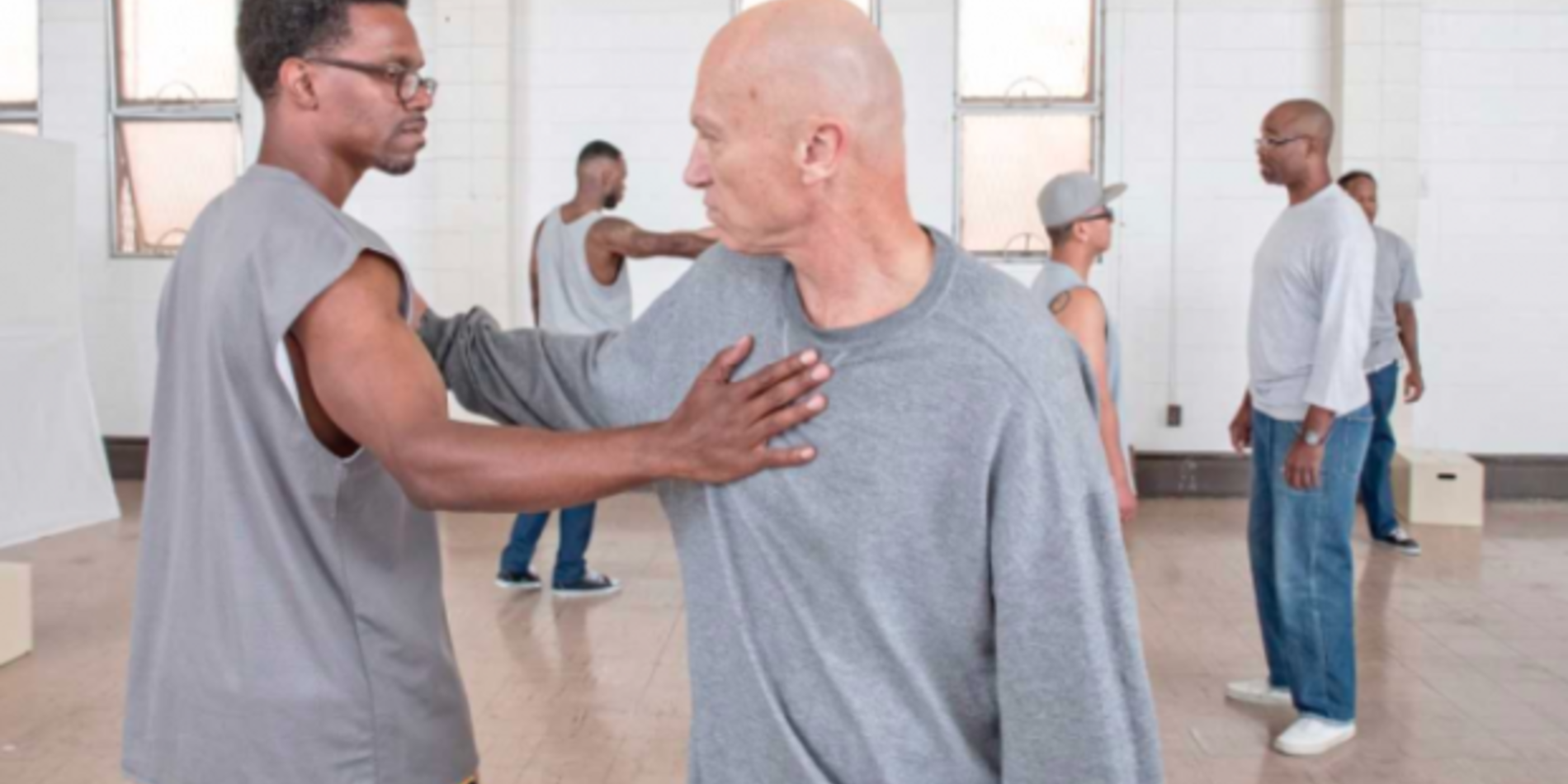By Tinuola Dada (Class of 2019) & Catherine Xie (Class of 2019)
Coming to this university, we believed that a Stanford education would prepare us to critically examine our position in society and to develop a framework to engage in social issues. Institutional change at Stanford has always been driven by its students, as evidenced by the Vietnam War draft protests and the Stanford Grape Boycott Committee in the 1960s, and more recent action including Black Lives Matter protests and the organization of Who’s Teaching Us. However, there is a tendency on this campus, and in our broader society, to ignore the issue of mass incarceration because it is disconnected from many of our lived experiences. Even though the United States has the highest incarceration rate of any country, people tend to view incarceration with an “us vs. them” mentality that serves to legitimize the dehumanizing practices of our prison system. We believe that Prison Renaissance has a place here at Stanford because, as students and faculty in this powerful institution, we must critically examine our role in this system on an individual and institutional level. Moreover, the issue of incarceration cannot be divorced from other issues that we as a campus care about, whether that be climate change, gender violence, or income inequality. If a Stanford education is to truly lead us to work toward creating a more just and equitable society, then we must think radically about how we can achieve justice and equality for everyone, not just those whose struggles we can immediately see.
Incarcerated artists Rahsaan Thomas, Juan Meza and Emile DeWeaver first became inspired to create Prison Renaissance when they heard a speech by Bryan Stevenson, founder of the Equal Justice Initiative. In his speech on the power of proximity, Stevenson argues that individuals working toward social justice must get proximate to suffering in order to understand and empathize with those who are most deeply impacted by injustice. This idea especially applies to our prison system, which is based on alienating and distancing individuals from society. Our hope is that the Stanford chapter of Prison Renaissance will continue to be rooted in Stevenson’s principle. More specifically, we seek to stimulate dialogue surrounding this issue and elevate incarcerated people's voices in order to create proximity between the Stanford community and the incarcerated community.
A valuable and key component of Prison Renaissance is that it not only works with incarcerated people, but it also places them at the center of the organization’s leadership and development. The voices of incarcerated people are often overlooked in discussions about prison reform and prison abolition. This is troubling because no other social movement has succeeded without centering the people it was intended to help. We’ve had the privilege to speak with one of the co-founders, Emile, during our meetings, and much of this article was developed from his ideas. In his words, “You could not image the civil rights movement if all the black people had not been present.” This organization was founded by incarcerated people and will continue to center their narratives and experiences. Prison Renaissance stands in contrast to organizations oriented toward neutralizing the threat of incarcerated people or simply treating them as products of their experiences. Instead, the organization hopes to present honest self-portrayals of incarcerated people to expand our community’s capacity for compassion and empathy.
Prison Renaissance at Stanford is supported by a Research Award grant from the Program in Writing and Rhetoric and by the Hume Center for Writing and Speaking. Founded in Fall 2017, the group brings together an interdisciplinary group of approximately 30 Stanford undergraduates, graduate students, staff, and faculty who collaborate with people who are currently incarcerated; the project co-directed by Emile DeWeaver of Prison Renaissance and Dr. Selby Wynn Schwartz, a Lecturer in PWR.
For more about the Stanford Prison Renaissance Project, see the September 29, 2017 Stanford Daily article.



